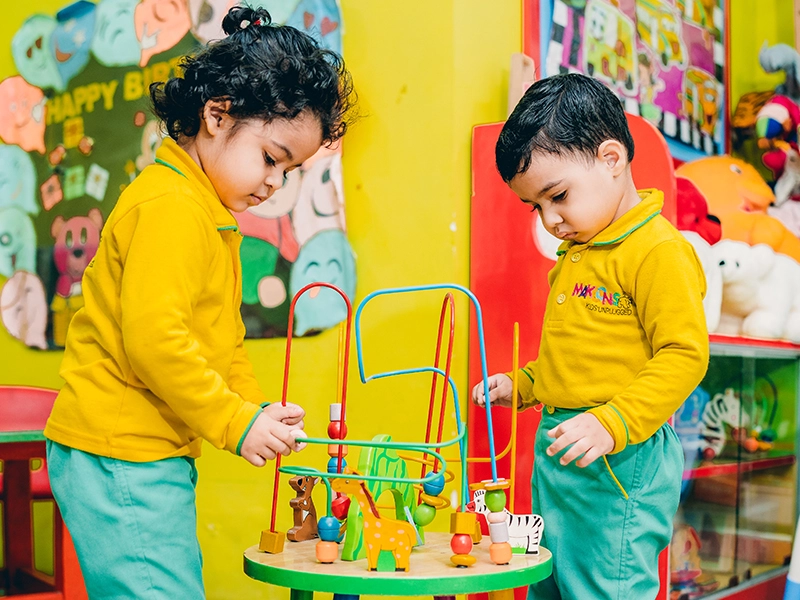Role Play, Rhythm, and Rhyme: Creative Pathways to Grammar Mastery

Grammar forms the foundation of communication, yet for young children, memorizing rules and definitions can feel dull and overwhelming. The secret to making grammar enjoyable lies in creativity — turning lessons into experiences rather than exercises. That’s where role play, rhythm, and rhyme come in. These three tools transform grammar learning into a joyful, expressive journey. Many forward-thinking institutions, from a preschool in Kanpur to a preschool in Lucknow, are already embracing these methods to help children master grammar while having fun.
1. Role Play: Learning Grammar Through Imagination
Children love pretending — to be teachers, doctors, chefs, or superheroes. This natural curiosity makes role play one of the most powerful tools for teaching grammar. When children act out different roles, they unconsciously use complete sentences, correct tenses, and proper pronouns.
For example, in a “restaurant role play,” one child might say, “I am the chef,” while another replies, “Can I order some food?” These real-world exchanges teach sentence structure, question formation, and polite expressions — all in context.
At many preschools in Kanpur, teachers set up themed corners like “market,” “hospital,” or “post office.” Each activity encourages conversation, helping children build grammatical accuracy through play and imagination. Instead of memorizing what a verb or noun is, they experience it by doing and speaking.
2. Rhythm: Making Grammar Musical
Music and rhythm make grammar memorable. The repetition and melody in songs help children internalize language patterns like subject-verb agreement and tense usage. Think of classic rhymes like “The wheels on the bus go round and round” or “If you’re happy and you know it.” These songs introduce grammar structures naturally and rhythmically.
Educators at preschools in Lucknow often begin lessons with action songs that connect grammar to movement — for example, clapping on every verb in a song or jumping when they hear a noun. These playful cues engage multiple senses, making grammar stick without conscious effort. Rhythm also enhances listening and pronunciation skills, helping children develop better speech clarity.
3. Rhyme: Grammar Hidden in Fun Verses
Rhymes are magical for young learners because they combine fun, sound, and learning. Through rhymes, children learn about plural forms, articles, adjectives, and sentence flow — all while giggling and singing.
Teachers in creative preschools in Kanpur use simple rhymes like:
“Run, jump, skip, and play —
These are verbs we use every day!”
Such verses not only reinforce grammar rules but also introduce word families and rhythm of language. Rhymes help children predict sound patterns and understand how words fit together — an early foundation for reading and writing.
4. The Combined Effect: Playful Learning for Real Results
When role play, rhythm, and rhyme are used together, grammar becomes effortless. For instance, after singing a song about actions, children might role-play “at the playground” using the same verbs they just learned. This layering of experiences strengthens memory and understanding.
Conclusion
Grammar mastery in early childhood doesn’t come from worksheets — it comes from talking, singing, and pretending. Role play fuels imagination, rhythm builds language flow, and rhyme strengthens memory. Together, they create a fun, natural pathway to fluency.
Parents looking for a preschool in Kanpur or a preschool in Lucknow should seek institutions that weave creativity into learning. These schools understand that when grammar feels like play, children don’t just learn the rules — they learn the joy of expression, one rhyme and role at a time.
Also Read:
Play school syllabus for Kids
- AI
- Vitamins
- Health
- Admin/office jobs
- News
- Art
- Causes
- Crafts
- Dance
- Drinks
- Film
- Fitness
- Food
- Spellen
- Gardening
- Health
- Home
- Literature
- Music
- Networking
- Other
- Party
- Religion
- Shopping
- Sports
- Theater
- Wellness


